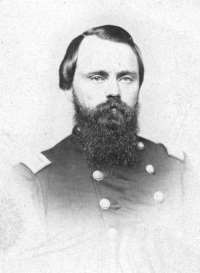From previous marker return east on 59th St, turn right on Manchester Trafficway Terrace, continue to 63rd St, turn right on 63rd St to next immediate right, turn into 4800 E. 63rd St. to artillery and marker and park. This marker is located on the property of the Kansas City Water Services Department.
Pratt's Artillery Historical Marker
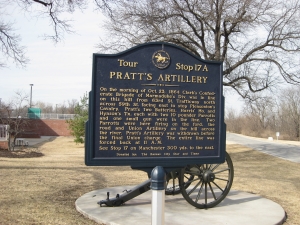
Pratt's Artillery Historical Marker Inscription
"On the morning of October 23, 1864, Clarke's Confederate Brigade of Marmaduke's Division was in line on this hill from 63rd Street Trafficway north across 59th Street facing east to stop Pleasonton's Cavalry. Pratt's two batteries, Harris' Mo. and Hynson's Tx. Each with two 10 pounder parrotts and one small gun were in the line. Two parrotts were here firing on the ford, the road and Union artillery on the hill across the river. Pratt's artillery was withdrawn before the final Union charge. The entire line was forced back at 11 A.M."
Looking toward Byram's Ford from Pratt's Artillery Battery
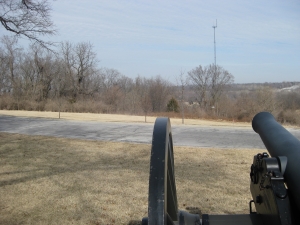
When you reach the artillery piece, turn so you are looking east towards Byram’s Ford. The trees obscure the view, so once again you have to use your imagination. Byram’s Ford is on an approximate line with that tall communications tower off in the distance.
Near this spot, Maj. Gen. John S. Marmaduke deployed his artillery so it commanded Byram’s Ford, the Byram’s Ford Road, and the meadow at the bottom of the hill. All he had were two “half” batteries under the command of Maj. Joseph H. Pratt. The two were Harris’ Missouri Battery and Hynson’s Texas Battery. In all they had four 10-pounder Parrott Guns and two smaller pieces. All morning the Confederate artillery wreaked havoc using shell and canister on the Federals.
The Confederate’s advantage changed when they ran low on ammunition and began to pull out of their defenses. The Confederate battery scrambled to limber up their guns as the Federals advanced up Bloody Hill. If it wasn’t for some quick thinking by Capt. Benjamin S. Johnson, Third Missouri Cavalry (Confederate), the artillery would have been captured.
Union Col. John F. Philips described the effectiveness of the Confederate artillery in his official report.
The enemy had so planted a heavy gun as to sweep this ford, and shelled us furiously, killing a number of horses and men in the stream … [Once across the river] I was ordered to charge with the First Cavalry, [but] the situation of the ground was such as to confine the movements for the cavalry to the road, which rendered the immediate execution of this order, in any other formation than that of column of fours, an impossibility. The effort, in column, was twice made but failed, because the storm of bullets and shell sweeping from that hill down the road insured utter destruction to every horse and its rider that ascended its crest.
Maj. Gen. John S. Marmaduke
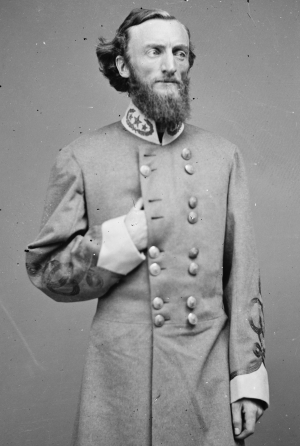
Capt. Benjamin S. Johnson
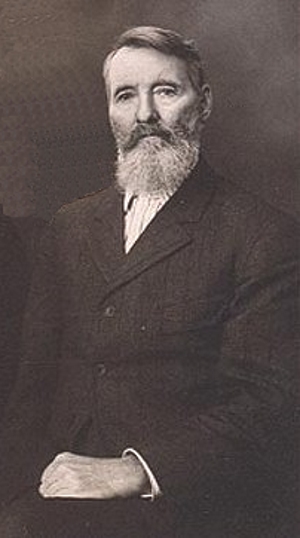
Col. John F. Philips
